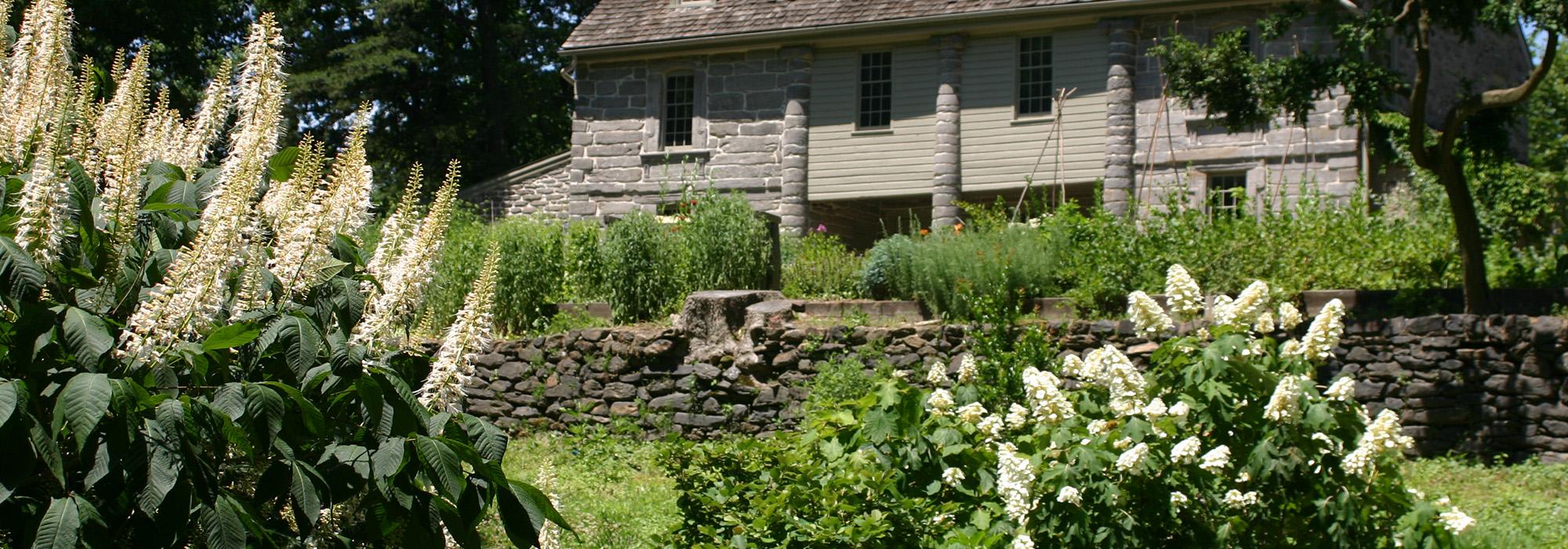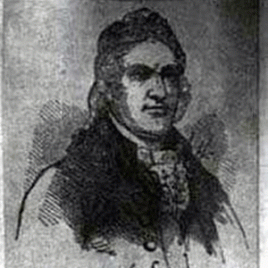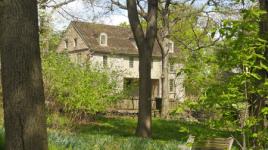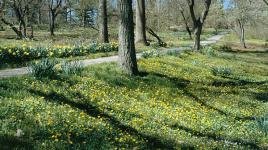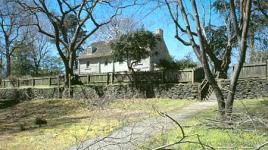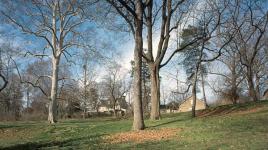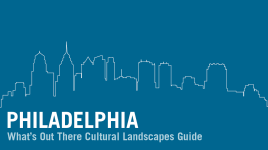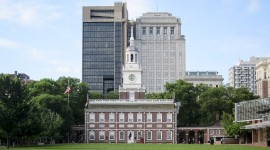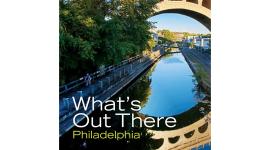Pioneer Information
Born in Darby, Pennsylvania to a Quaker family, Bartram exhibited an interest in natural history from an early age. Considered America’s first botanist, although he called himself a farmer, in 1728, he purchased a 102-acre farm on the the Schuylkill River and devoted a five-acre plot as a botanical garden, the oldest in the nation. Four years later, Bartram began a correspondence with Peter Collinson, a London merchant and amateur botanist. Bartram began a trans-Atlantic trade in seeds and plants with Collinson, transforming his botanical garden into a commercial nursery and publishing the first nursery catalogue in the U.S. in 1783. His relationship with Collinson exposed him to leading intellectuals and patrons in Europe, including Phillip Miller, author of Gardener’s Dictionary, and Carl Linnaeus, among others.
As a leading figure in Philadelphia society, Bartram was instrumental in founding the American Philosophical Society with Benjamin Franklin in 1743. His international trade and correspondence led to his being named Royal Botanist to King George III in 1765. With the money he earned in his new role, Bartram made his longest expedition, through the Carolinas and Georgia as far as St. Augustine, Florida. His nursery business expanded and thrived, surviving him by three generations. Between 1734 and his death in 1777, Bartram is believed to have introduced over 150 North American plant species to Europe.



